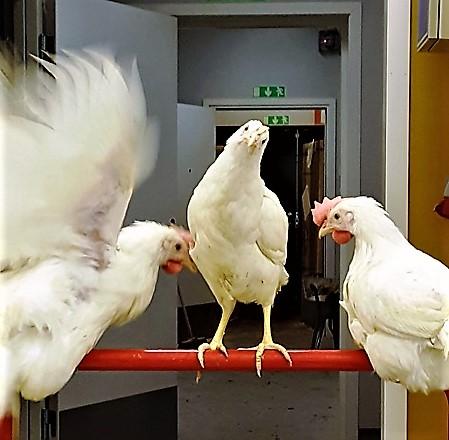Introduction
Background

In 2012, there were five billion laying hens in commercial farms worldwide, which collectively produced over one trillion eggs (Nicol, 2015). Eggs are widely consumed for their nutritional content leading to egg production being highly economised (Gocsik et al, 2015). However, increasing public concerns for intensive production systems and animal welfare is driving new research into the stress animals face as a result of human consumerism (Zulkifli and Siti Nor Azah, 2004, Fraisse and Cockrem, 2006). The level of animal welfare experienced in commercial farming is entirely dependent on human management (Fontana et al., 2016) and often animal welfare is sacrificed in favour of increasing productivity, therefore achieving a solution which balances these factors is an important research topic (Compendio et al., 2016). Animal welfare and stress are entwined, in the fact that welfare cannot occur in the presence of high levels of stress and a high level of stress does not occur under good welfare conditions (Scanes, 2016). Therefore creating an understanding of the stress animals endure in commercial production settings is fundamental for the improvement of welfare of production animals (Ericsson et al., 2014).
Responsible for this page:
Director of undergraduate studies Biology
Last updated:
05/17/18
